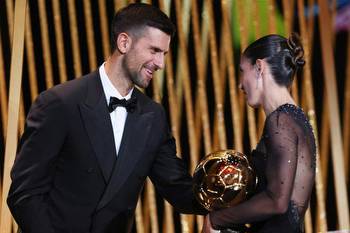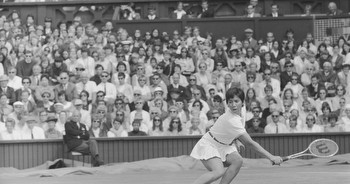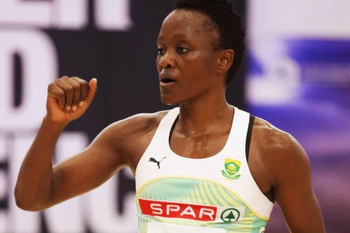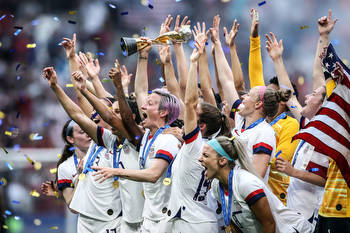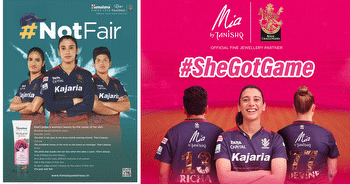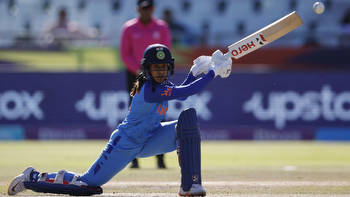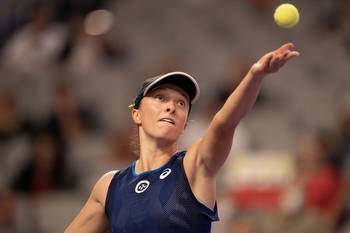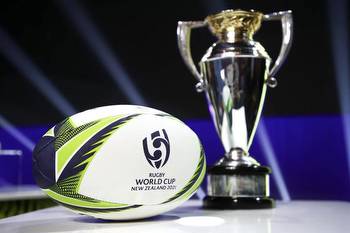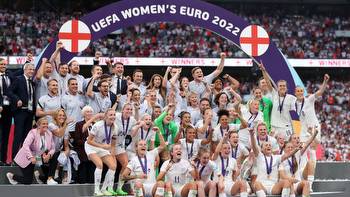Inform your opinion: What’s behind the rise of women’s sports?

This is an online exclusive story.
Pat Cash once observed that: “Women’s tennis is two sets of rubbish that lasts only half an hour.” It’s a statement that would cause many people to respond: “Patwho?” (Australian men’s Wimbledon champion, 1987). Today, the notion that women’s tennis is boring is not just gratuitous, it is in clear denial of evidence that even that other legendary Australian commentator, Blind Freddy, could see.
Not too long ago, women’s sports were regarded as insipid, short-skirted versions of their male equivalents: poorly paid, sparsely attended and simply not taken seriously.
According to the Friends of Football NZ website, “Eight of the nine biggest attendances for women’s matches in New Zealand have taken place in the first six days of the tournament.”
When New Zealand played Norway on the Fifa World Cup opening day, 42,137 turned up to Mt Eden to watch, making it the biggest attendance for a football match played in New Zealand.
The previous record for a women’s game in New Zealand was 15 years ago for the under-17 World Cup final between the United States and North Korea, when what now seems a paltry 16,162 people attended.
So, what happened?
The ecstatic scenes and record crowds that have attended the Fifa Women’s World Cup have not only provided some much-needed moments of joy in these polarised times, they have also demonstrated that women’s sport is a power in its own right, not just a distaff add-on to men’s tennis, golf, football and the rest.
As the audience for women’s sport grows across numerous disciplines, football leads the way. The US women’s team has driven this, occasionally putting men’s games in the shade.
“The 2019 title game on Fox averaged 14.3 million viewers, a 22% increase (11.4 million) from the Men’s Final in 2018,” reports Forbes.
It wouldn’t be happening if it wasn’t paying, and it is at least partly the case that, to double down on a cliché, if businesses want to follow the money, they need to cherchez les femmes. Simply put, audiences are now of a size that attracts sponsorship, which means more promotion, which attracts bigger audiences, who draw more sponsors, which means more promotion.
And it can be surprisingly affordable. “Media rights are relatively cheap for the audiences that are being delivered in comparison to certain male leagues and tournaments, while sponsorships are also priced competitively,” Conrad Wiacek, head of analysis at GlobalData Sport told sportcal.com
That sounds like common business sense. More so than Wiacek’s related assertion that: “Brands will want to avoid the impression of jumping onto the bandwagon.” A more prevalent attitude seems to be: “Please don’t stop the bandwagon. I’ll just run faster to keep up.”
There’s nothing like value for money and a new profit source to inspire enthusiasm at board level.
Women’s sports succeed by displaying unique virtues. As a Nielsen Sports report says, “Attributes associated with women’s sports demonstrate several of the values that brands should seek to associate with, further revealing potential for commercial growth in women’s sports. Specifically, respondents see women’s sports as more progressive and inspiring, less money-driven, more family-oriented and cleaner than men’s sports. Women also see women’s sports as even more inspiring than men do.”
The data bear this out. There has been a 24% increase in women’s sport sponsorship investment since 2018, says Wiacek, attracted in part by the knowledge that most viewer interest comes from the lucrative and elusive 16-24 age group.
Although a report commissioned by SportNZ paints a relatively dour picture of growth and trends across all aspects of women’s sport, that appears to be at odds with lived experience.
A survey by Nielsen Sports across eight countries including New Zealand “found that 84% of sports fans are interested in women’s sports. Of those, 51% are male, which confirms that women’s sports engage a gender-balanced audience.” And you only had to be at a pub watching a Women’s Fifa event on the big screen to know that.
But it’s not just about money. The time-honoured virtue of sporting prowess as an inducement to enjoyment is also at play, so to speak. The virtuoso performances of the likes of Lydia Ko, Serena Williams or the US (and New Zealand) football teams attract attention in their own right. For the fans, play is the thing and women athletes are rewarding their interest with spectacular performances.
Women’s sports are also distinguished by the personalities of the players, in particular, that – that they have them. Whereas men’s sports seem almost entirely populated by automatons who rehearse stock answers (usually in response, admittedly, to stock questions) and struggle to put the words “team” and “effort” or “winner”, “on”, “the” and “day” in the right order, women’s sports have given us vibrant and inspirational personalities.
Close to home the most obvious example is the charismatic Ruby Tui. Internationally the outspoken US captain Megan Rapinoe and the like of the Williams sisters exemplify sporting and personal virtues at the highest level.
A final factor that needs to be taken into account is that we increasingly expect equity in any area. A grouping that only includes males – a concert line-up, a list of business people, the Catholic clergy and sportspersons – looks deformed. Any group that doesn’t reflect the makeup of the human race must have something wrong with it.
Despite this progress, women athletes and their sports still lag a long way behind men’s. But the fact that they still have a long way to go should not let us lose sight of how far they have come.

